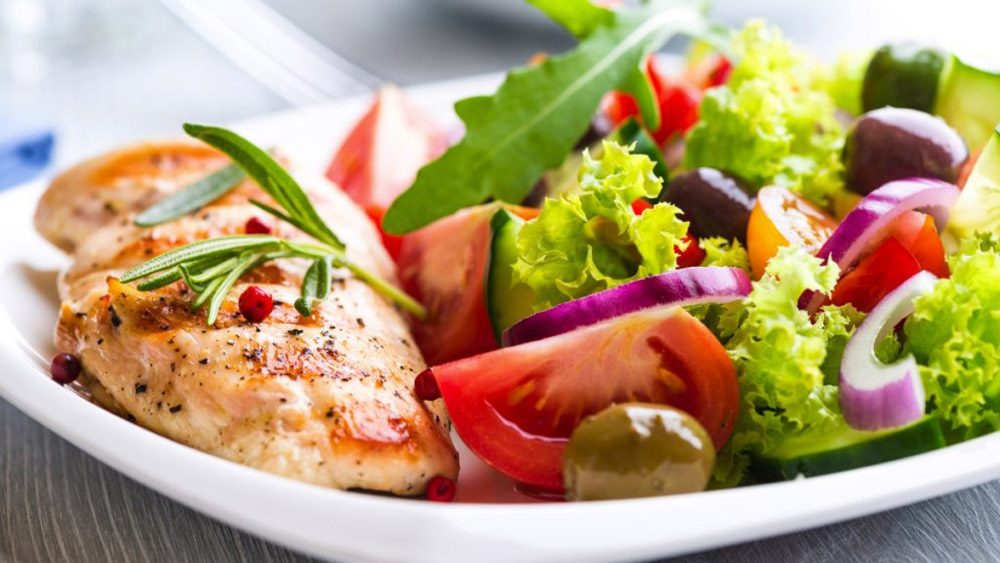what to eat for acidic stomach from the stomach supports digestion, but when it backs up into the esophagus, it causes irritation. When you swallow, your lower esophageal sphincter (a ring of muscle at the bottom of your throat) closes to avoid gastric acid and food from entering the esophagus.
The acidity of the stomach could be reduced by eating food items. Add them to your daily diet and avoid the ones that cause heartburn.
Bananas
Bananas' mild acidity makes them a highly effective remedy for acid reflux and gastrointestinal distress. They help to keep the stomach and esophagus healthy since they contain a large amount of potassium and natural fiber. The fruit's high magnesium content also aids in neutralizing acid production and reducing the discomfort connected with acid reflux. Bananas are a fantastic option for a healthy breakfast or snack being that they are high in fiber, include a variety of essential vitamins and minerals, and so are gentle on the digestive tract.
Brown rice is another healthy option that might help with GERD. It contains beneficial nutrients including fiber, iron, and B vitamins. It is a better option than processed carbs, which can make one feel nauseous and give you heartburn.
Cucumber, being truly a low-acid food, supports the prevention of acid reflux disorder by keeping the stomach and intestines well hydrated. Vitamin C and potassium, both within abundance, are recognized to reduce acidity in your body. Cucumbers are versatile and may be used in many different ways.
Melons, like bananas, are another item that's low in acid and may aid with acid reflux disorder. Magnesium, which is within abundance in melons like watermelon, cantaloupe, and honeydew, helps to neutralize stomach acid output and reduce acid reflux symptoms.
Oatmeal
Oatmeal's soluble fiber and water content work together to protect the esophagus from gastric acid and relieve irritation. Soluble and insoluble fiber interact to do double duty in keeping you full. In so doing, you may avoid the acid reflux that often follows a large meal.
Acid from the stomach helps break down food, nonetheless it should remain there rather than make its way back up in to the esophagus, where it could cause irritation. The low esophageal sphincter, a ring of muscle at the bottom of the neck that contracts to prevent stomach contents from entering the esophagus, is responsible for this protection. Regrettably, what food helps with acid reflux cause this contraction and, thus, heartburn. This is often associated with diets high in saturated fat, such as those within bacon and beef, chocolate, fried meals, and dairy dairy products. Furthermore, it may be compounded by consuming acidic foods and drinks, such as citric fruits and juices, tomatoes and tomato derivatives, vinaigrette salad dressings, and pineapple.
Heartburn that occurs often could be an indicator of a far more severe condition, such as for example Gastroesophageal Reflux Disease (GERD). Frequent acid reflux disorder?more than twice per week?should prompt a trip to the physician. Various diagnostic procedures and therapeutic options can be found from our gut health specialists.

Food and Drink
Although stomach acid is essential for digestion, it may cause irritation to the esophagus if it flows backwards. The lower esophageal sphincter is really a ring of muscle behind your throat that acts like a valve, preventing acid from your stomach from entering your esophagus. However, there are a few meals and behaviors which could cause acid to ascend in to the esophagus, leading to heartburn and the accompanying discomfort and burning sensation.
Try switching to less acidic meals like bananas and oatmeal if you suffer from heartburn on a regular basis. Milk may be helpful, but drinking whole milk could make your symptoms worse, so try switching to skim or fat-free. Since it forms a protective barrier between your stomach and the acid, milk might give quick relief from heartburn symptoms.

Green vegetables along with other healthful complex carbs, like rice or couscous, are great sources of fiber to add to your diet. If you are trying to avoid acid reflux, try roasting your vegetables instead of boiling or steaming them. Herbs, which are naturally lower in acidity, could also be used to improve the taste of these foods. However, acidic salad dressings should be avoided since they will make symptoms more worse. You should also avoid acidic foods like oranges, grapes, and berries.
what foods help with acid reflux is really a painful and unpleasant condition caused by stomach acid rising up in to the esophagus. Alkaline, fiber-rich, and anti-inflammatory foods including bananas, oats, ginger, green vegetables, milk, and water help neutralize mild acidity. Instead of using OTC acid reflux disorder medicine, try eating these foods instead.
Ginger, an aromatic root, is an efficient natural anti-inflammatory that eases stomach discomfort and gas. In addition to relieving the inflammation that leads to heartburn, it provides relaxing effects on the esophagus. Raw ginger could be eaten, looked after makes an excellent tea when steeped in warm water. what foods help with acid reflux and stir-fries are two further applications.
Apple cider vinegar is another natural antacid that could be blended with water and used to fast alleviate acid indigestion. While this beverage has many health advantages, it is crucial to remember that drinking too much of it could cause indigestion.
A modest glass of unsweetened coconut water may also be helpful in quelling gastric acid. Coconut water's high potassium content neutralizes the acidity of your body and soothes stomach acid-related irritation. Natural remedies include chewing gum after meals to improve saliva production and decrease the risk of acid reflux disorder in the esophagus. However, sugar-free gum is preferred for optimal tooth health.
